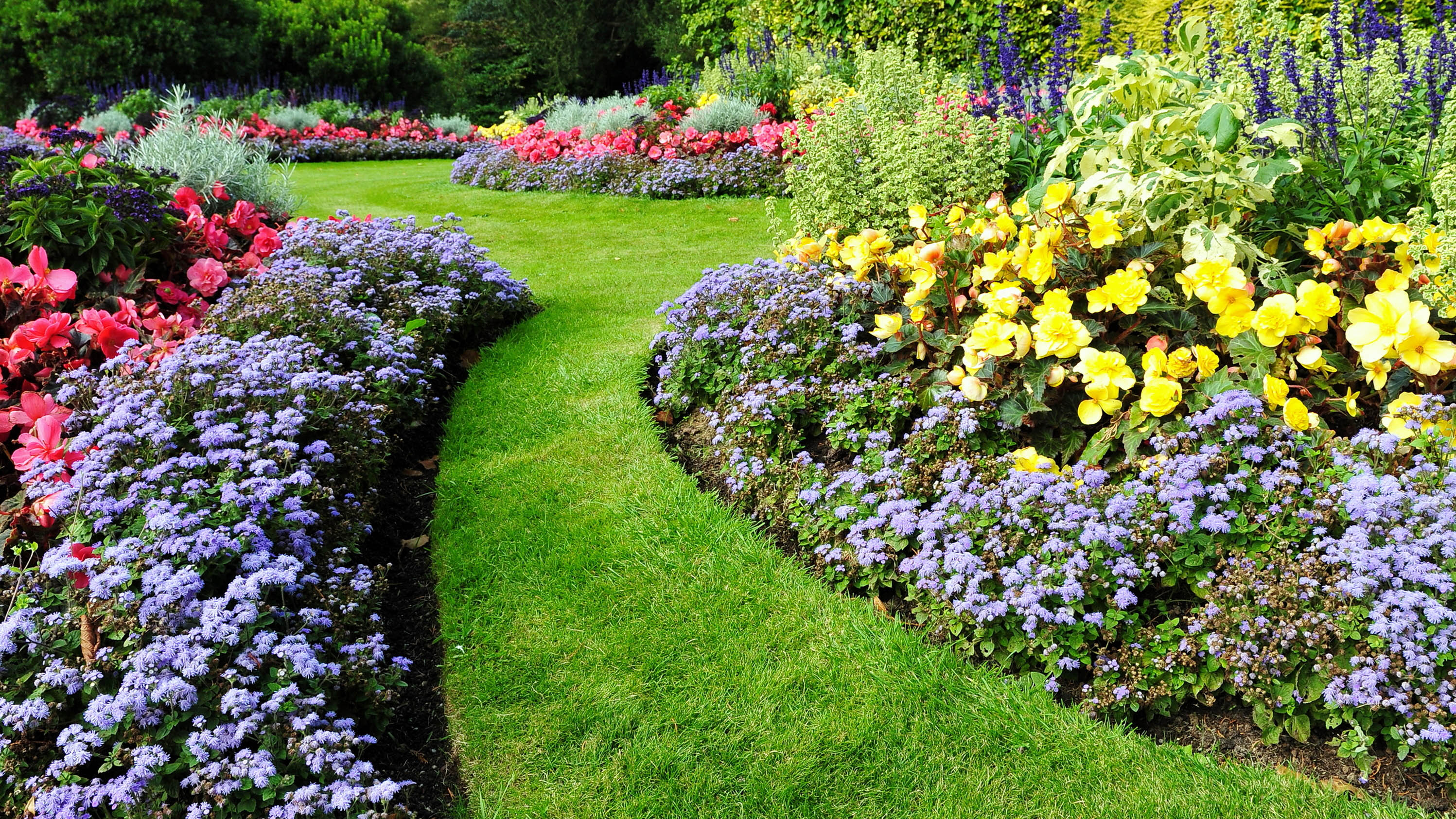
In the thick of summer, our flower beds have never looked so good. Blooms are abundant, colors are vibrant and wildlife is flocking in from far and wide. This is how it should be at this time of year, however it’s not always the case. For one reason or another, flower beds can sometimes struggle to reach their full potential, resulting in stagnant growth and weeds galore.
It’s not always obvious what the problem, but there are several mistakes often contributing to it. Errors ranging from what you’re planting, to maintenance, to the conditions surrounding the plants. If you’re keen to learn how you can improve things, we’ve listed 7 mistakes which regularly ruin flower beds here. So you know what habits to break, and what to do instead.
Are moles wrecking your flower beds as they tunnel through? Here are 7 plants that repel moles and keep them out of your yard.
1. Planting the wrong plants
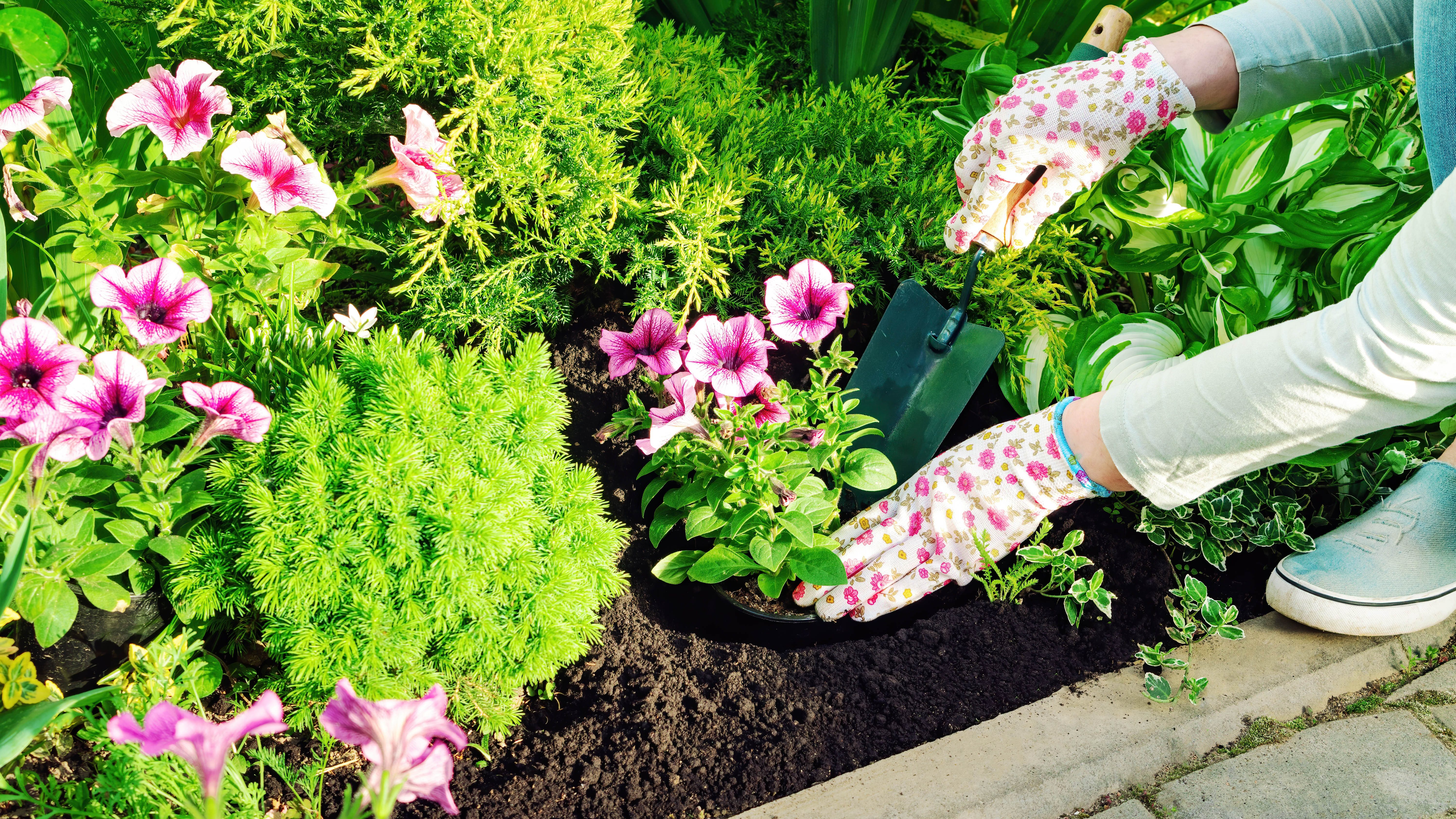
First of all, however much you like the look of the flowers on the seed packet, not all plants are suitable for the conditions in your yard. So before you run to the garden center and pick out your favorites, make sure you do your research first. Monitor your flower bed and see how many hours or direct sun it receives each day, or take note if it’s in partial shade for the majority. Some plants will require more sun than others. If you want some inspiration for shady spots, we’ve found 7 plants that will thrive in the shade.
Remember to confirm the USDA hardiness zone for any potential plants. It’s essential that it matches your region, so the plant will suit the external temperature. Check on maintenance requirements as well. If you’re tight for time, something self-sufficient will be preferable to something which needs regular pruning with the best pruning shears. Always plan out what to plant in your flower beds to be sure it suits both your yard and your schedule.
If high temperatures are a regular occurrence, you might also want to see 7 drought-tolerant plants that will survive a heatwave.
2. Not checking the soil
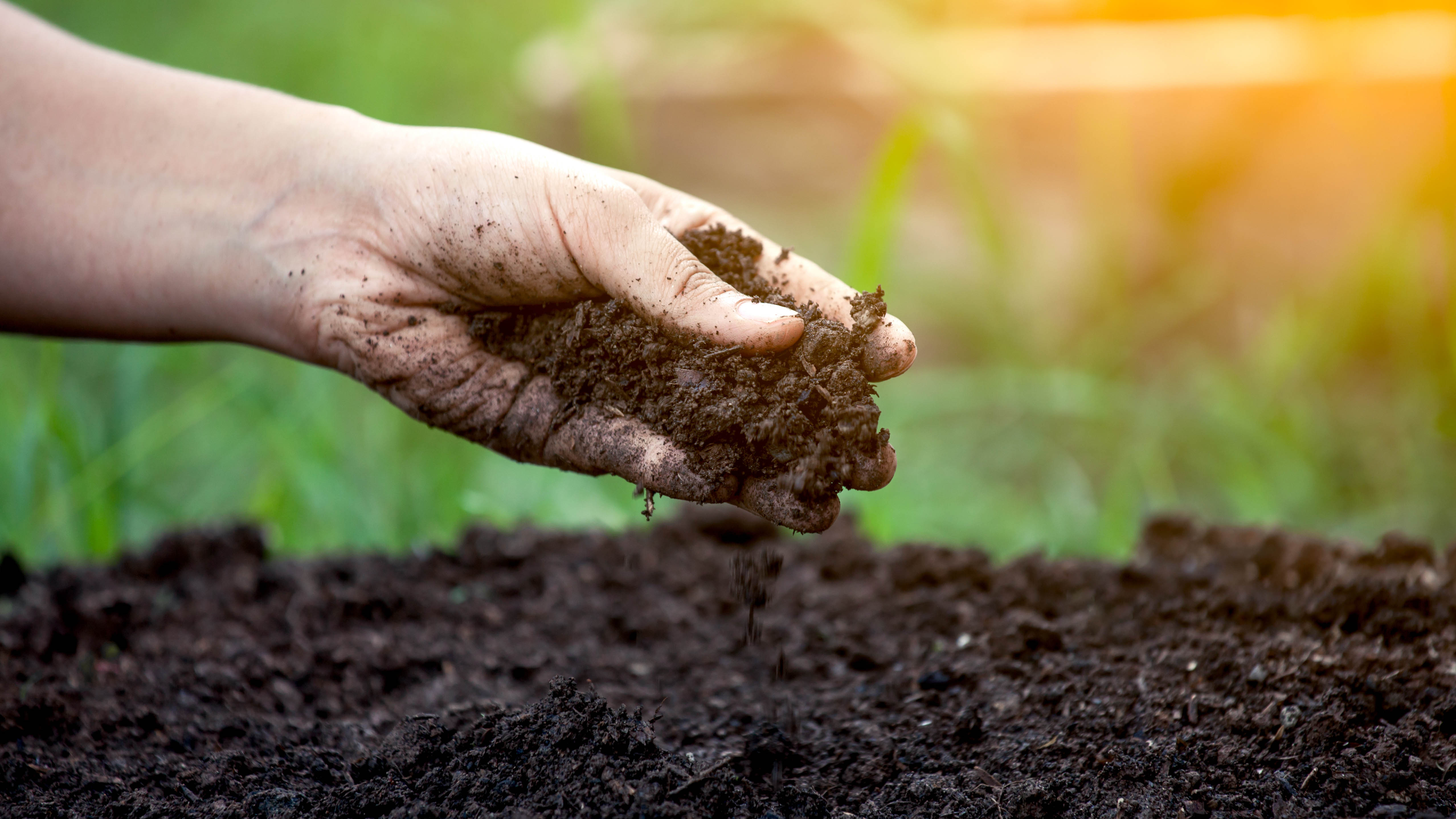
Before you get to planting, you need to check the soil conditions are appropriate. Over time, the nutrients in your soil will be absorbed and depleted by pre existing plants — so older soil might compromise your new flower bed arrangement. Soil amendments may be necessary to improve the composition. We recommend investing in a soil test kit, such as MySoil Soil Test Kit ($29.99, Amazon). With a soil test kit, you can see exactly where your soil is lacking, and apply the most appropriate fertilizer to improve things. You can also check your pH level is at its best too.
Consider the texture of your soil while you assess it as well. If it’s hard and compact, or full of clay, it may need supplementing with organic materials. Remember to remove any large stones or debris while you’re here. Your natural layer of mulch will need replacing if it’s broken down over time too. It’s best to keep a layer of mulch in place because it protects the ground from rogue weeds and helps lock in the moisture and temperature.
3. Overcrowding
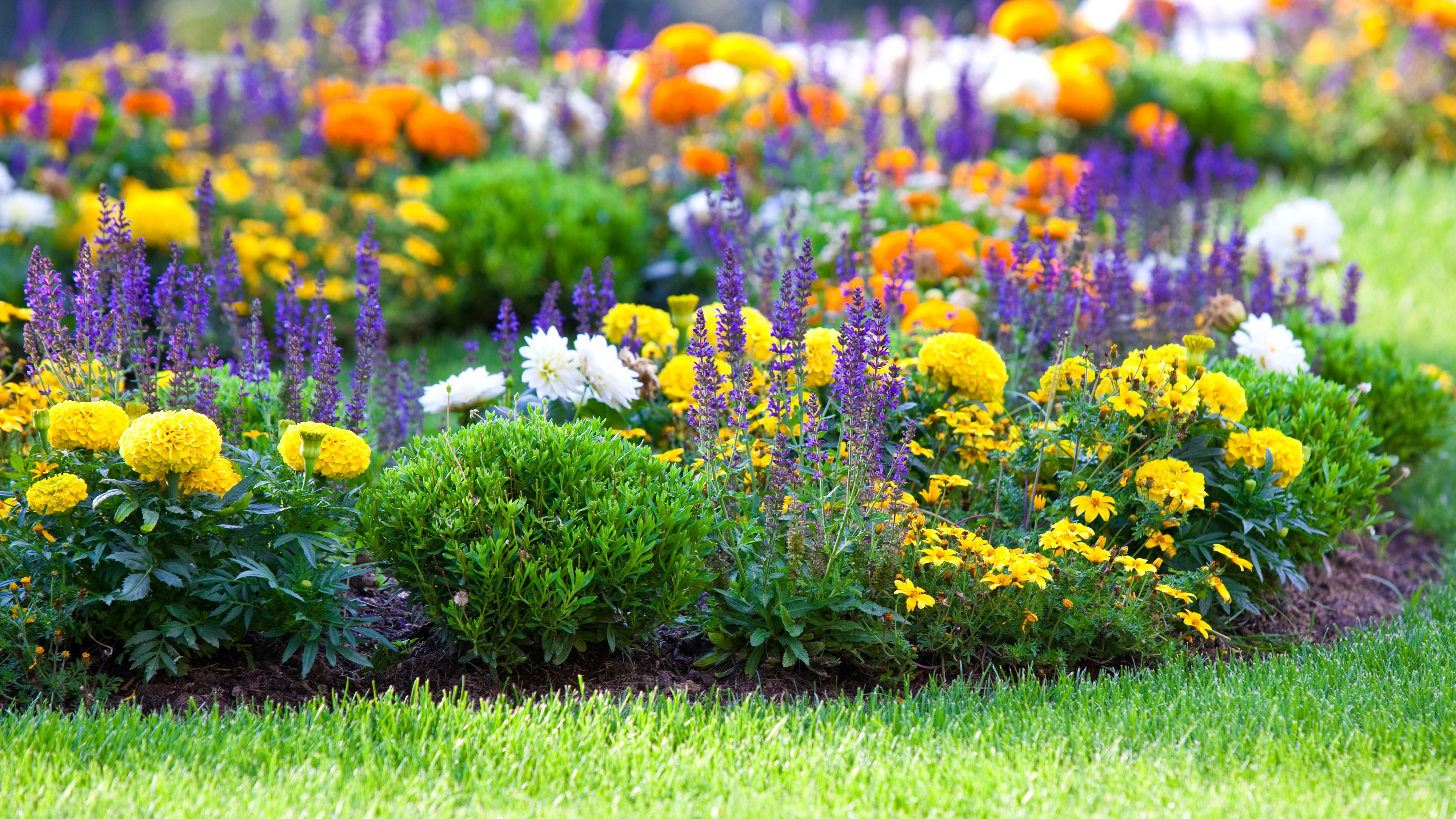
If you get carried away with filling up your flower bed, things can soon become overcrowded. This impairs the overall growth because your plants compete for space as well as the limited amount of nutrients in the soil. In the end, your weaker, smaller plants will be pushed out by the more dominant ones. So ultimately, you're wasting money on plants and leaving yourself with a subpar display.
Make sure you check how much space is required for each plant and give it adequate room in your flower bed. Any which are easily overcome by neighboring plants can always be potted in containers individually.
4. Leaving bare spots
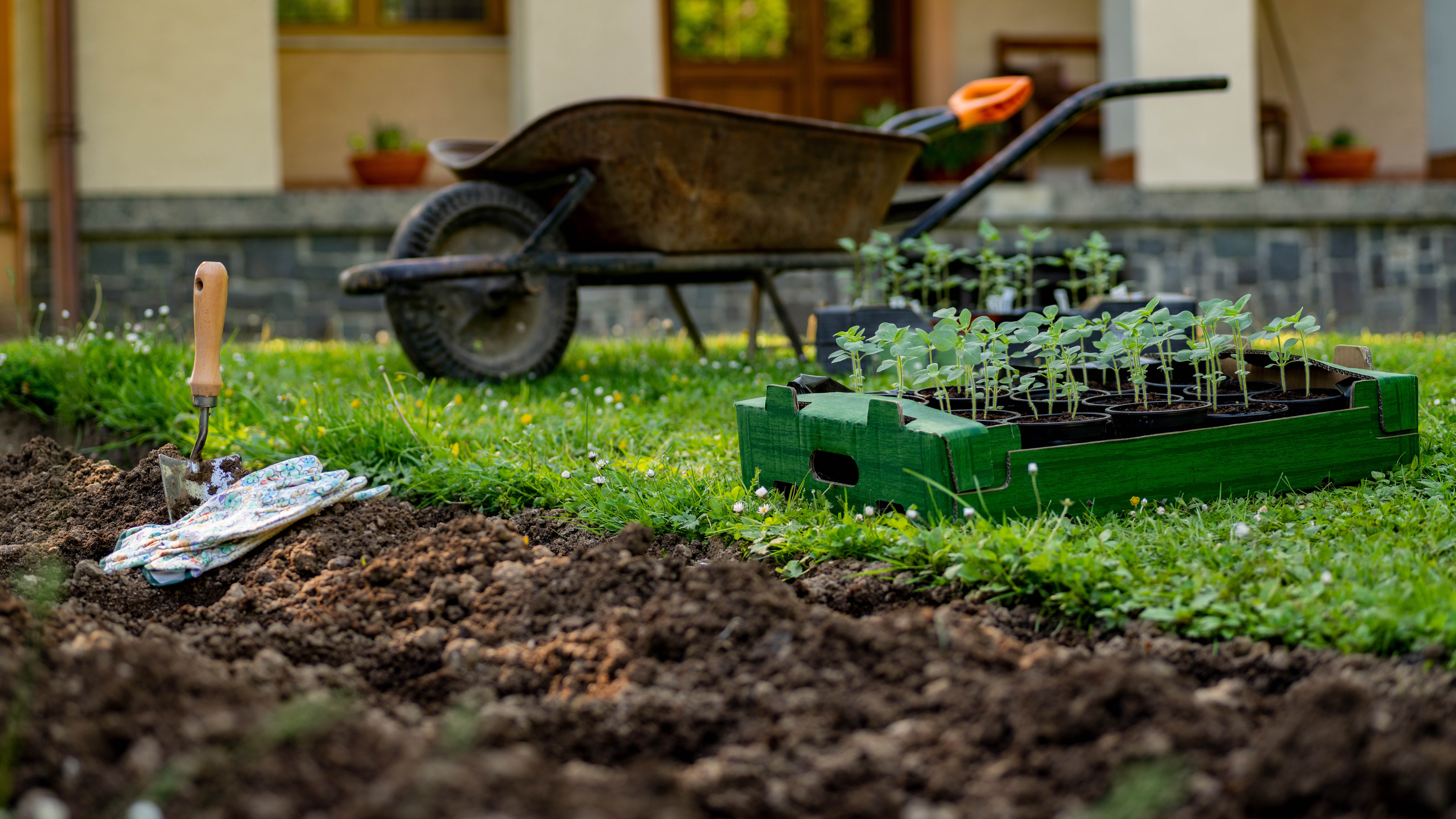
While you must not overcrowd, it’s not a good idea to leave bare spots in your flower bed either. Any open patches of soil are vulnerable to weed seeds in the wind, which once rooted, will hog the precious nutrients in the soil and prove to be difficult to remove. We recommend ground cover plants as a decorative method to protect bare soil — these often grow short and wide with dense coverage. Keeping weeds at bay is actually one of the 7 uses for ground cover plants. Plus, these can help prevent soil erosion and retain moisture in the ground too.
If you’re not a fan of ground cover plants, mulch can help prevent weeds as well. It acts as a thick barrier to stop the weed seeds from reaching the surface. It also blocks the necessary sunlight for weeds to grow should they make it through. Keep in mind that not all of your intended seedlings will be able to grow through a layer of mulch for the same reasons though, so you will need to be strategic with its placement.
5. Planting an invasive plant

While this technically falls under planting the wrong kind of plants, we still felt it was worth its own point. An invasive plant can quickly become unruly and overtake a flower bed. It will suffocate any neighboring plants and spread quickly throughout your yard. In some regions, certain plants are outright banned due to their invasiveness and damage to the diversity of local plant life. See our list of 9 invasive plants to keep out of your yard to learn more about this.
Other plants might not be so aggressive as to be discouraged, but they’re still fast-growers which can become a nuisance. Mint is an example of this. While it’s great at discouraging pests, such as mice and wasps, and can add delicious flavor to your meals, it can grow out of control. Make sure you do your research on what you’re growing, so your plants can thrive in harmony. Plants such as mint should be grown in containers to keep things controlled. Follow any local rules and regulations as well to promote diversity.
6. Not ordering by height
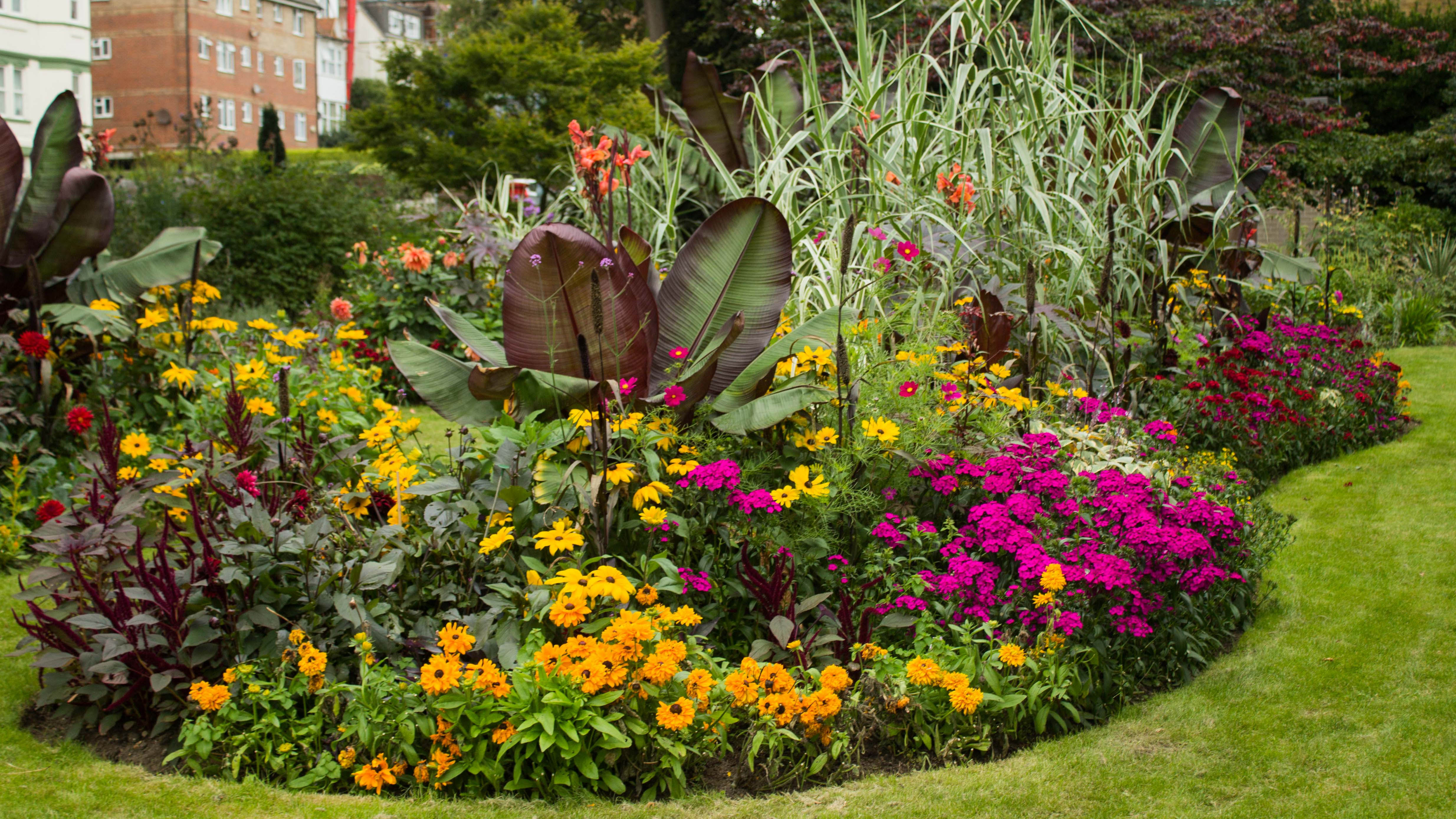
Make sure you consider the placement of each plant before you start sowing. For the best display, taller plants should be at the back of your flower bed, with shorter varieties towards the front. Not only will this look better, it will help with watering and general maintenance too.
You don’t want taller plants creating shade for those which require direct sun, so consider how things will stand once they’re fully mature. To do this, take note of the maximum height for each of your flowers, then make a sketch of how things will look to scale — taking the sun’s position into account too. This can help you foresee any potential problems in the future, and it can also highlight any flowers which will need moving or replacing with shorter options.
7. Forgetting the surroundings
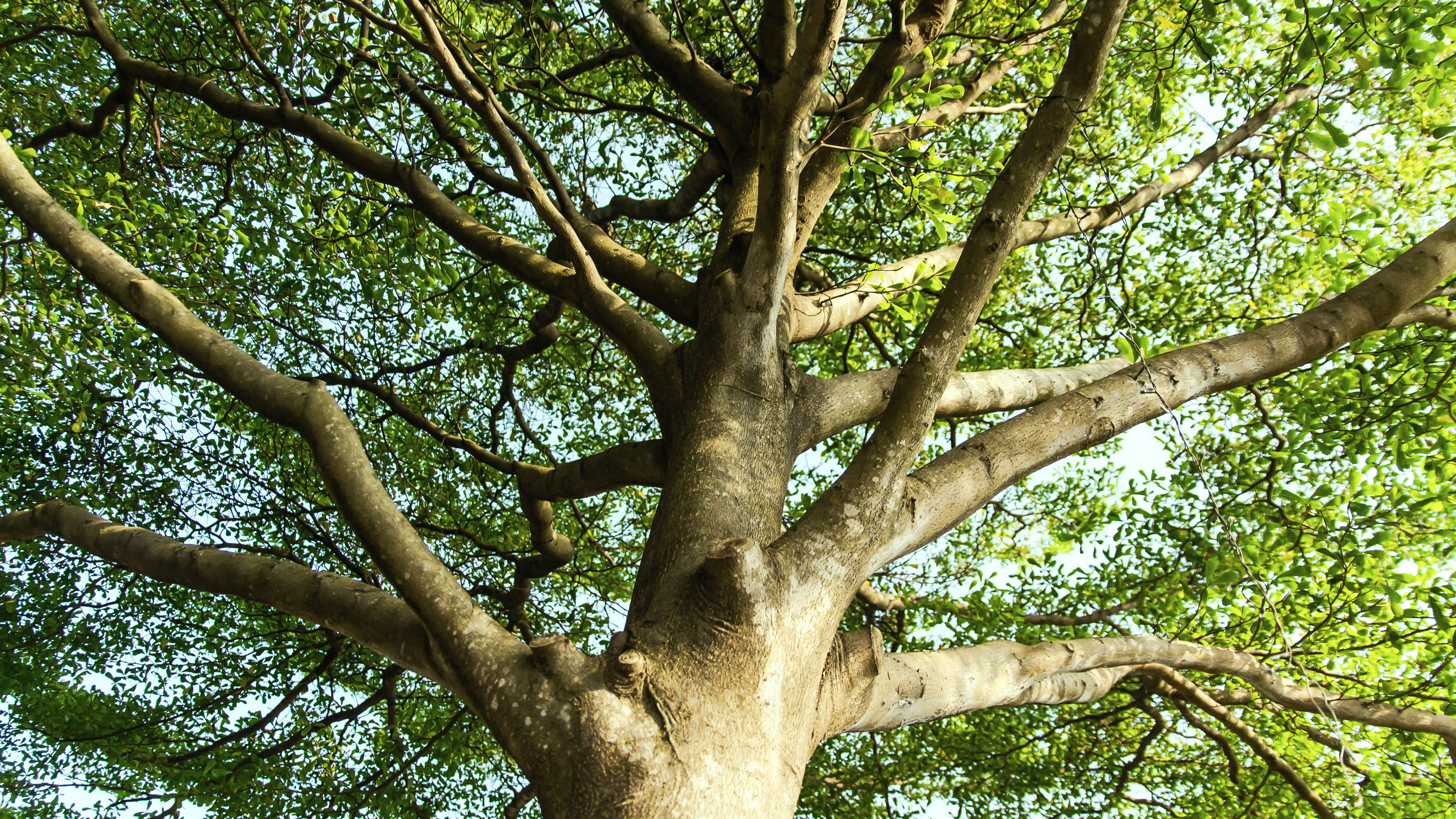
The problem’s not always directly related to your flower bed. Take a look at the surrounding area. Nearby trees, whether young or old, can cause a number of issues. They might be blocking out previously direct sunlight, particularly when they form a dense cover of leaves in the summer. Cutting it back to give your flower bed more sunlight might be required.
Tree roots can also reach deep underground and sap the nutrients and moisture from your flower beds, so this needs taking into account too. You might need to stick to hardy plant varieties which can survive tough conditions in such circumstances. You may have more success and options if you grow your flower bed elsewhere, away from any trees.







